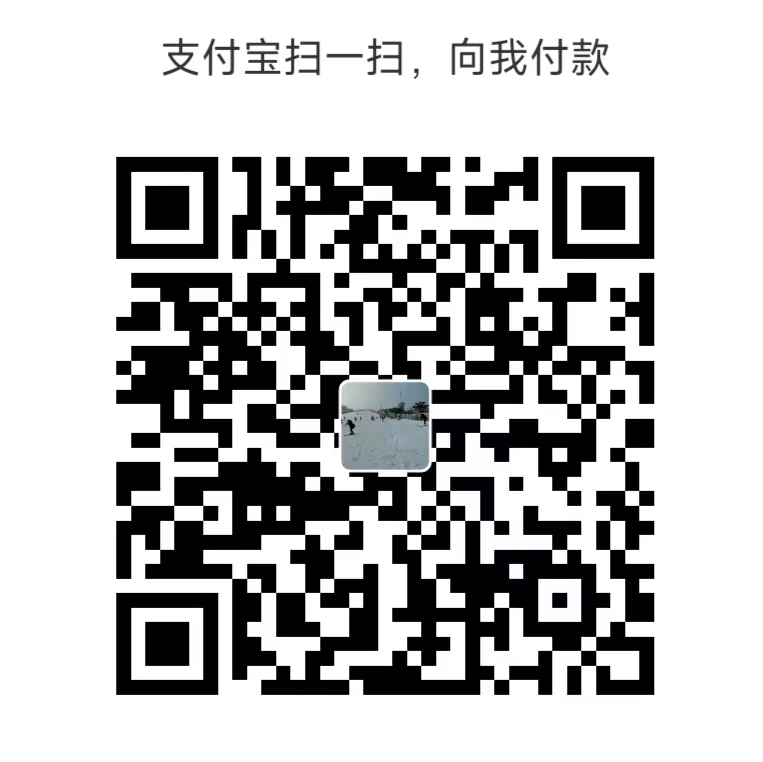Vue3 中常见的组件传值方式:
- Props:这是 Vue 中最常见的组件传值方式,即在父组件中定义 prop 并将数据传递给子组件。
- Event Bus:可以通过事件总线在两个组件之间进行通信,即定义一个中央事件处理器,父组件和子组件通过它进行通信。
- Provide/Inject:可以在父组件中提供数据,并在子组件中注入这些数据,从而实现组件传值。
- Slots:可以在父组件中嵌入子组件,并在子组件中使用插槽传递数据。
- Vuex:Vuex 是 Vue 官方推荐的状态管理工具,也可以用于组件之间的数据通信。
以上是 Vue3 中常见的组件传值方式,你可以根据实际需求选择合适的方式进行组件传值。
—
事件总线的示例(其他传值方式网上文章很多):
(在vue2中我们可以直接new Vue创建一个空组件作为事件处理中心并使用其$emit和$on订阅和发布事件,Vue3官方推荐使用vue3-eventbus插件,可我觉得就这个事,没必要多安装一个插件吧)
首先,需要创建一个事件总线的类(这是一个单例类,我们可以在任何需要的地方通过new获得唯一实例):
// EventBus.js
export default class EventBus{
static instance;
constructor(){
if(EventBus.instance instanceof EventBus){
return EventBus.instance;
}
this.events = {};
EventBus.instance = this;
return EventBus.instance;
}
emit(eventName, data) {
if (this.events[eventName]) {
this.events[eventName].forEach(function(fn) {
fn(data);
});
}
}
on(eventName, fn) {
this.events[eventName] = this.events[eventName] || [];
this.events[eventName].push(fn);
}
off(eventName, fn) {
if (this.events[eventName]) {
for (var i = 0; i < this.events[eventName].length; i++) {
if (this.events[eventName][i] === fn) {
this.events[eventName].splice(i, 1);
break;
}
};
}
}
}然后,在组件中订阅和发布事件:
// ComponentA.vue
import EventBus from '@/util/EventBus';
// 发布事件
export default {
methods: {
handleClick() {
new EventBus().emit('event-name', payload);
},
},
};
// # 最后,你可以在另一个组件中监听事件:
// ComponentB.vue
import EventBus from '@/util/EventBus';
export default {
mounted() {
new EventBus().on('event-name', (payload) => {
// do something with the payload
});
},
};这样,就可以在不同的组件之间通过事件总线进行自由通信了。

































